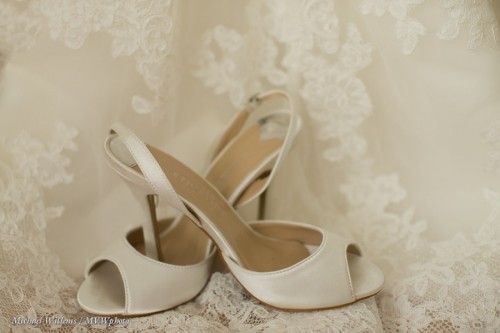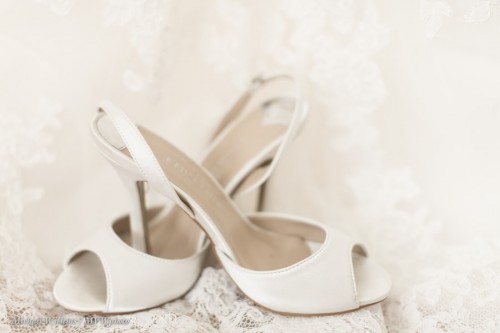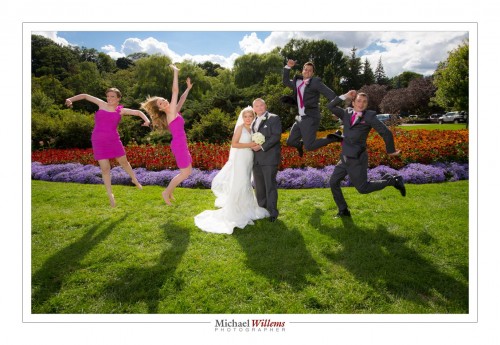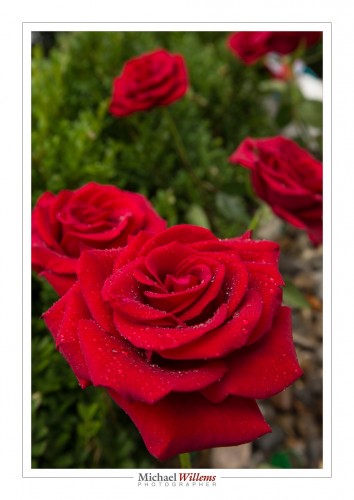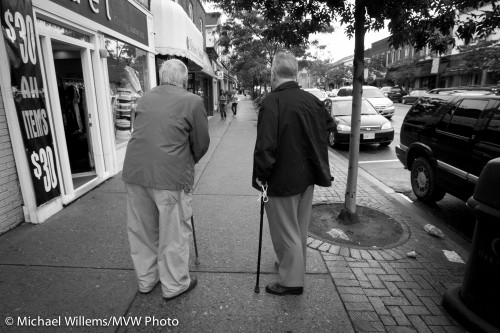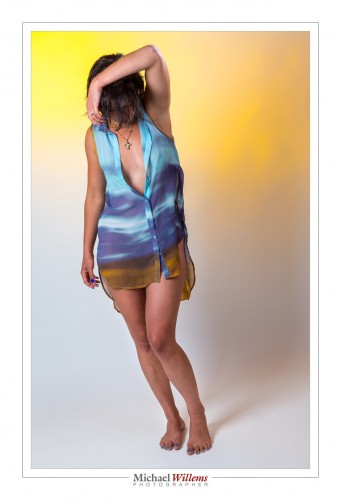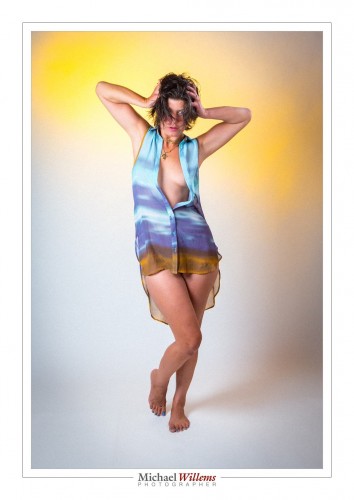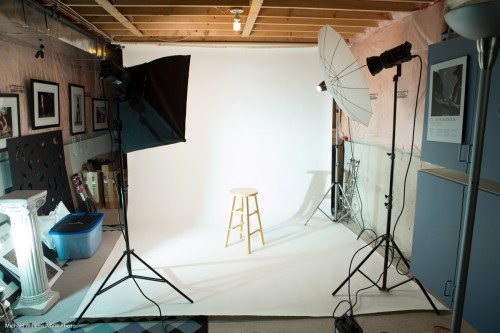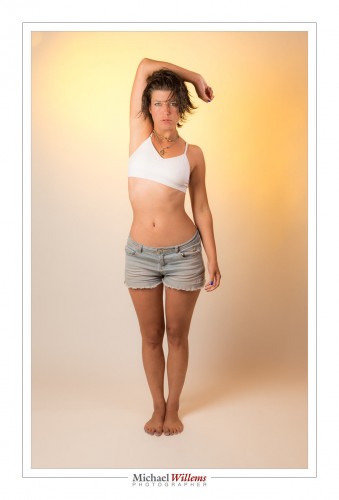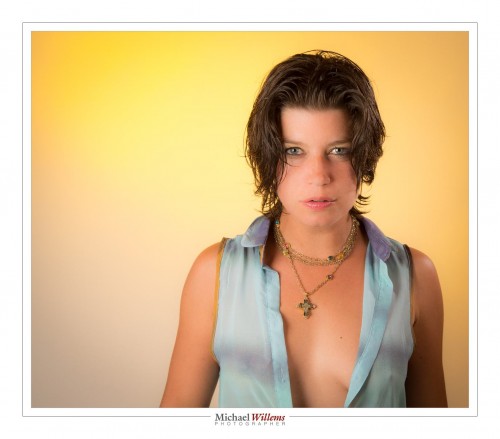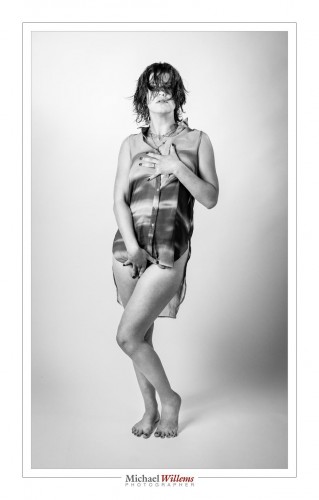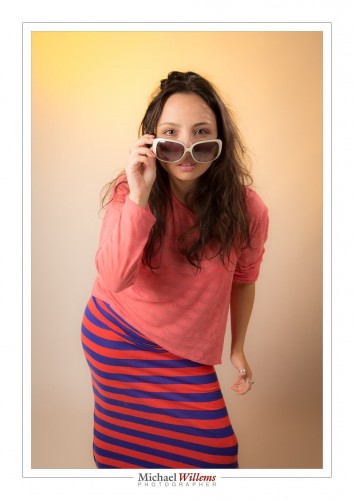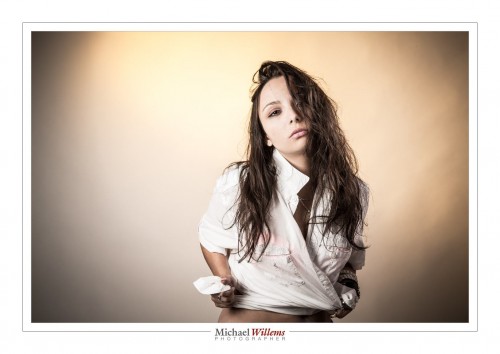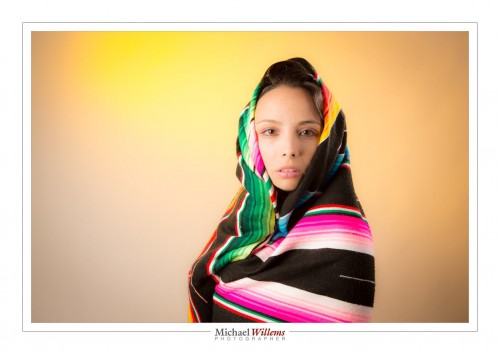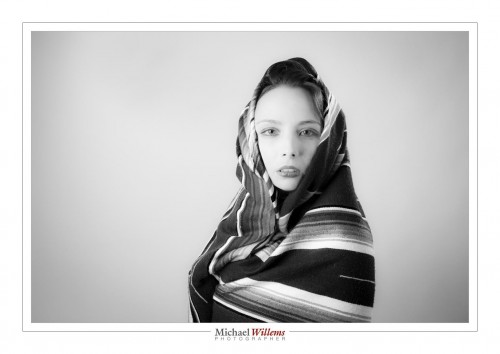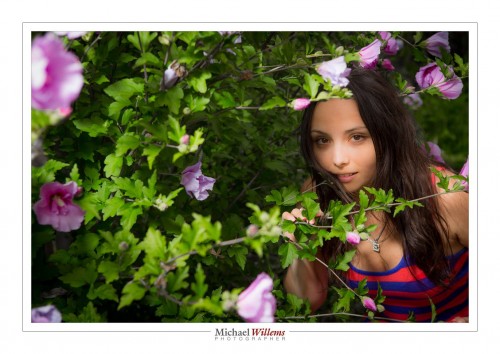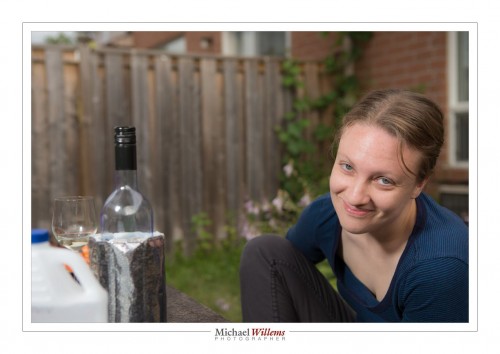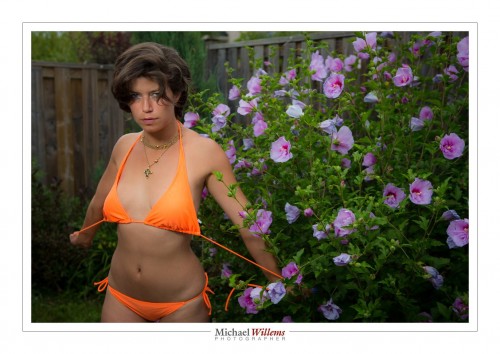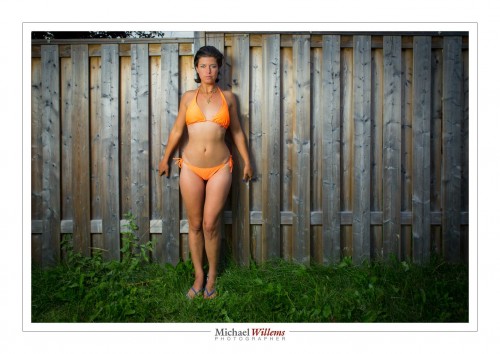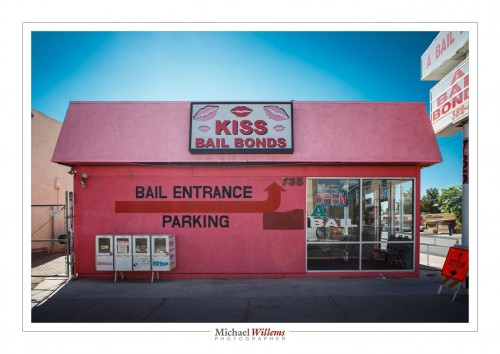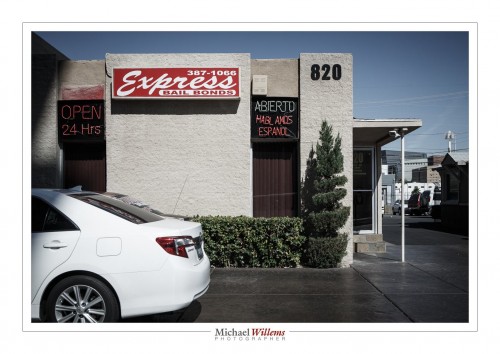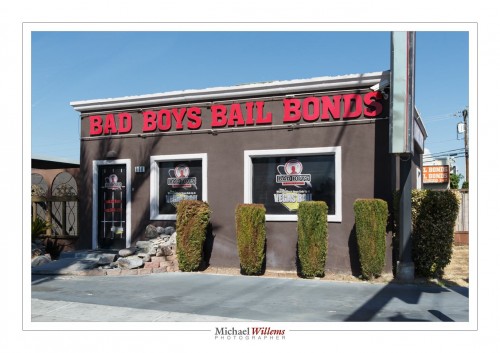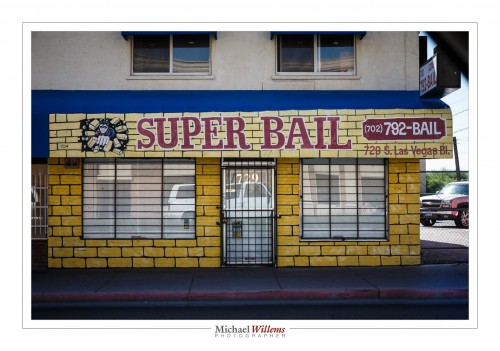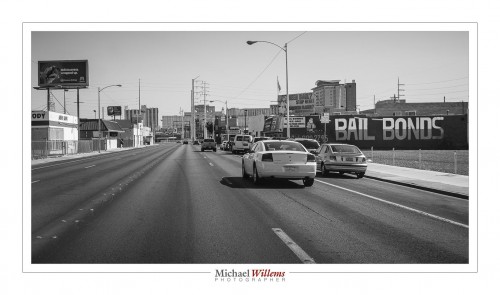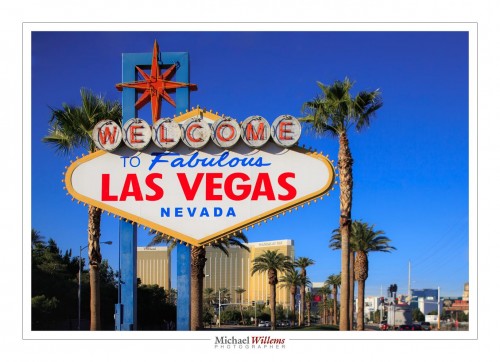A reminder:
Bright pixels are sharp pixels.
But they are also pixels without a lot of detail. And where do we not want such detail? Skin, and other surfaces where detail means bad things like pores and wrinkles.
Arguably, also here:
And now we will add an extra couple of stops. All detail will now go to the top of the image in terms of RGB colours. That means that if in the previous picture the darker detail takes half the colour space, say, then here it takes one eighth. Less distraction from the shoes, which are the subject.
The second picture is also better because it is more true to life: it was bright, But my reflective light meter gets that wrong, of course: it does not know I am shooting a white dress. So I need to help it along.
Summarizing:
I expose highly and brightly:
- When the subject is bright.
- When I want the subject sharp and crisp.
- When I need to reduce detail, as in bad skin, say.
In pictures like this I am looking for just a little bit of “the blinkies”, and a histogram to the right. Done!

